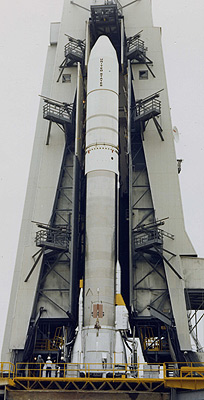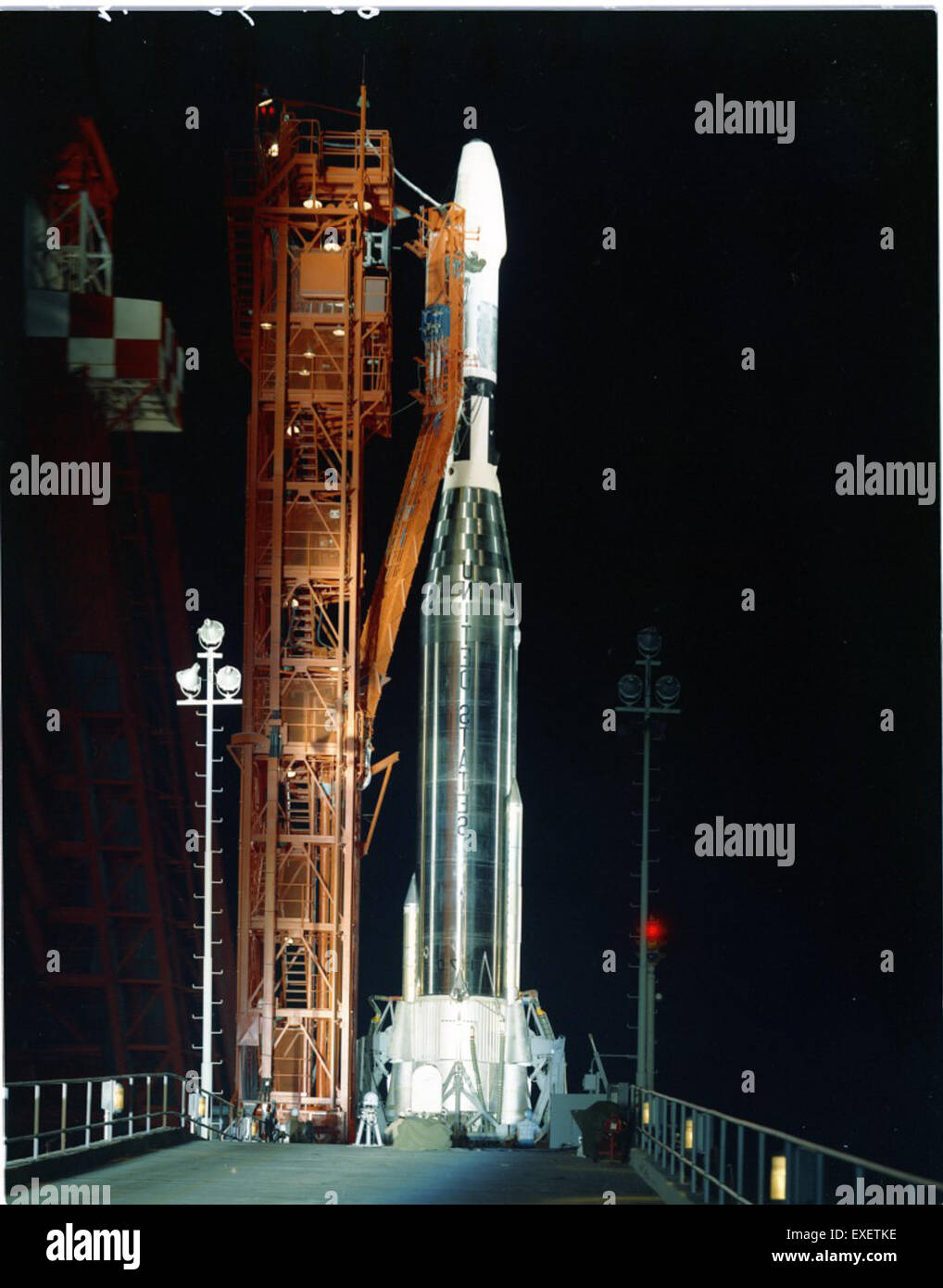
A gamma ray spectrometer mounted on an extendable 1.8-meter boom determined surface composition. A radar altimeter provided ranging information for lander deployment as well as data on the lunar surface’s radar characteristics. The bus of the Block II Ranger also carried its own set of instruments. Note the lander package with the large spherical impact limiter on the top. The lander was designed to survive an impact of 67 meters per second.Ī Block II Ranger being prepared for launch.

Also included in the capsule was a 50-milliwatt transmitter, six silver-cadmium batteries, and a temperature-sensitive voltage oscillator. The sensitive components of the seismometer were protected from the impact forces by a cushion of liquid heptane. The primary instrument carried by the lander was a seismometer sensitive enough to detect the impact of a 2.3-kilogram meteorite on the opposite side of the Moon. Inside this impact limiter was a smaller 31-centimeter, 25-kilogram sphere that housed the lander’s systems. The exterior was composed of balsa wood designed to absorb the force of impact. The hard lander, built by the Aeronutronic Division of the Ford Motor Company in Newport Beach, California, was a 64-centimeter diameter sphere with a mass of 43 kilograms. Unlike the Block I Ranger, which was topped by an instrument-laden truss structure, the Block II bus carried a 150-kilogram package consisting of a small hard lander with a retrorocket that provided 22.6 kilonewtons of thrust. The spacecraft maintained its attitude using a set of ten gas jets supplied by 1.1 kilograms of compressed nitrogen gas held in three tanks.ĭiagram of the Ranger Block II spacecraft designed to hard land a capsule on the Moon. Also extending from the base was a hinged dish-shaped high-gain communications antenna 1.22 meters across, which would be pointed at Earth with the aid of a light sensor. Extending from the sides of the bus were two solar panels holding 8,680 solar cells to provide up to 210 watts of electrical power for the spacecraft. Attitude reference was provided by six Sun sensors, two Earth sensors, and three gyros. The various compartments of this bus contained the spacecraft’s central computer and sequencer which controlled the spacecraft, a battery to provide backup power, a radio transmitter, and the attitude control system. It consisted of a hexagon-shaped magnesium frame bus 1.52 meters across. The main bus of the Block II Ranger was similar to the one used by the Block I test craft.
Atlas agena payloaf free#
Out of all of its attempts to launch probes towards the Moon, only the diminutive Pioneer 4 built by the Jet Propulsion Laboratory (JPL) and launched on March 3, 1959, by a team at the Army Ballistic Missile Agency (ABMA) headed by Wernher von Braun (which would become the basis of NASA’s Marshall Space Flight Center) managed to break free of the Earth and make a distant flyby of the Moon (see “ Vintage Micro: The Pioneer 4 Lunar Probe”).ĭiagram showing the major components of JPL’s Ranger Block I spacecraft. The problems encountered by these early efforts are exemplified by NASA’s first automated lunar lander built as part of their Ranger program.ĭuring the opening years of the Space Age, NASA struggled to get probes to the Moon, initially with programs it had inherited from the military (see “ NASA’s Forgotten Lunar Program”). While recent missions continue to add much to our knowledge about the Moon, only half a century ago such voyages required the mastery of cutting-edge technology and frequently ended in disappointing failure. In addition to the United States and Russia, who dominated the exploration of the Moon during the first two decades of the Space Age, there are now many new players in the game, including the European Space Agency, Japan, China, and India.

Recent years have witnessed renewed interest in missions to the Moon.


 0 kommentar(er)
0 kommentar(er)
